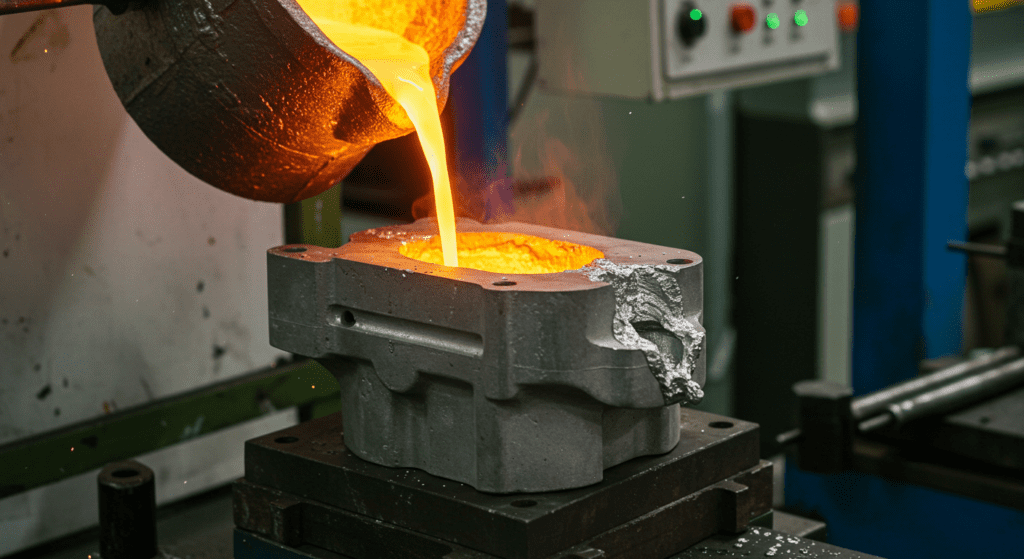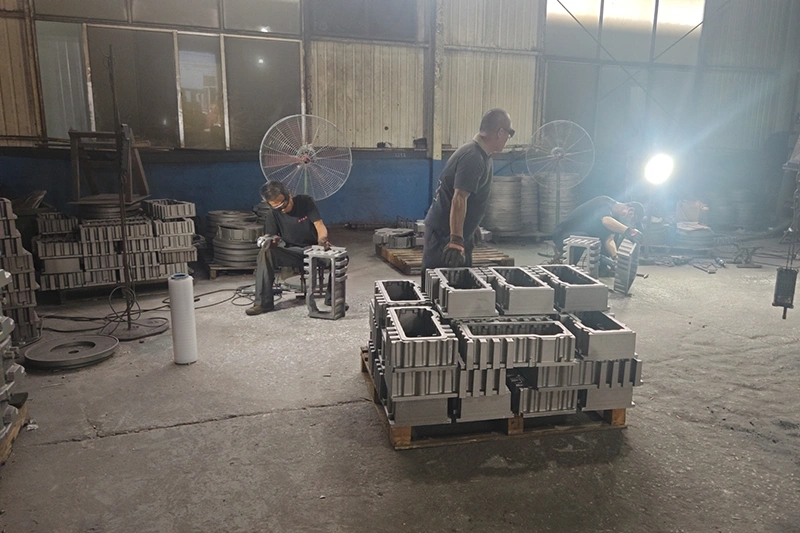The main difference between investment casting and injection molding is that investment casting creates metal parts using a wax pattern and molten metal, while injection molding forms plastic parts by injecting molten plastic into a mold. Investment casting suits complex metal components; injection molding excels in high-volume plastic production.

Investment casting is a metal forming process that creates precise metal parts by pouring molten metal into ceramic molds. The process uses a wax pattern covered in ceramic material to form the mold. Manufacturers use this method to produce complex shapes with excellent surface finishes and tight tolerances.
Injection molding forces molten material into a steel mold under high pressure. The process creates identical parts at speeds of 15-120 seconds per cycle. Two main types exist: plastic injection molding and metal injection molding (MIM).
| Characteristic | Investment Casting | Plastic Injection Molding | Metal Injection Molding (MIM) |
|---|---|---|---|
| Core Principle | Expendable (single-use) ceramic mold created from a wax pattern. | Reusable, high-precision steel or aluminum mold. | Reusable steel mold with post-molding debinding and sintering steps. |
| Primary Materials | Ferrous and non-ferrous alloys: stainless steel, aluminum, carbon steel, superalloys. | Thermoplastics (ABS, PC, PP, PE, Nylon), thermosets, elastomers. | Powdered metal feedstock: stainless steel, tool steel, titanium, cobalt alloys. |
| Typical Production Volume | Low to Medium: 10s to 10,000s of parts. | High to Very High: 10,000s to millions of parts. | Medium to High: 10,000s to millions of parts. |
| Tooling Cost | Low to Medium: Master die for wax patterns is less expensive. | Very High: Hardened steel molds can cost over $100,000. | High: Precision steel molds required, but smaller than many plastic molds. |
| Per-Unit Cost | High to Medium: Driven by labor and long cycle times. | Very Low: Benefits from automation, fast cycles, and cheap materials. | Low: Higher material cost than casting, but automated for high volume. |
| Geometric Complexity | Very High: Can produce intricate internal cavities with cores; no parting lines. | High: Undercuts and complex features require expensive mold actions (sliders, lifters). | Very High: Excels at producing thin walls, sharp features, and intricate details. |
| Typical Tolerances | Good: Typically ±0.5 mm, can be improved with secondary operations. | Excellent: Highly repeatable; specific tolerance depends on material and part design. | Excellent: Often ±0.05 mm or tighter, superior to investment casting. |
| Surface Finish (Ra) | Very Good: Typically around 3.2 µm (125 Ra microinches). | Excellent: Can be cosmetic/optical grade directly from a polished mold. | Excellent: Typically around 1 µm, often requires no secondary finishing. |
| Key Advantage | Unmatched material integrity and design freedom for complex metal parts. | Unbeatable scalability and low unit cost for polymer parts. | High-precision, high-volume production of small, complex metal parts. |

